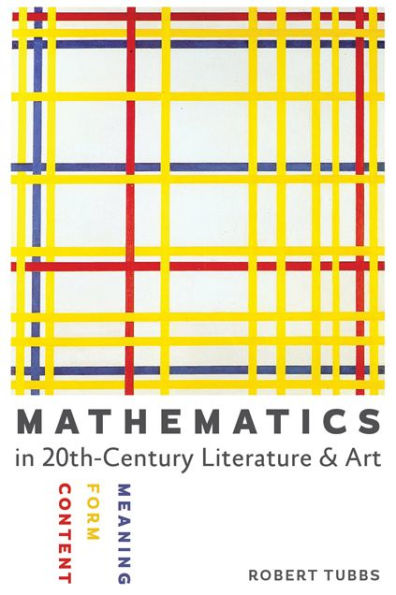5
1
9781421413808



Mathematics in Twentieth-Century Literature and Art: Content, Form, Meaning available in Paperback, eBook

Mathematics in Twentieth-Century Literature and Art: Content, Form, Meaning
- ISBN-10:
- 1421413809
- ISBN-13:
- 9781421413808
- Pub. Date:
- 07/15/2014
- Publisher:
- Johns Hopkins University Press
- ISBN-10:
- 1421413809
- ISBN-13:
- 9781421413808
- Pub. Date:
- 07/15/2014
- Publisher:
- Johns Hopkins University Press

Mathematics in Twentieth-Century Literature and Art: Content, Form, Meaning
$32.0
32.0
In Stock

Product Details
| ISBN-13: | 9781421413808 |
|---|---|
| Publisher: | Johns Hopkins University Press |
| Publication date: | 07/15/2014 |
| Pages: | 184 |
| Product dimensions: | 5.90(w) x 8.80(h) x 0.50(d) |
| Age Range: | 18 Years |
About the Author
What People are Saying About This
From the B&N Reads Blog
